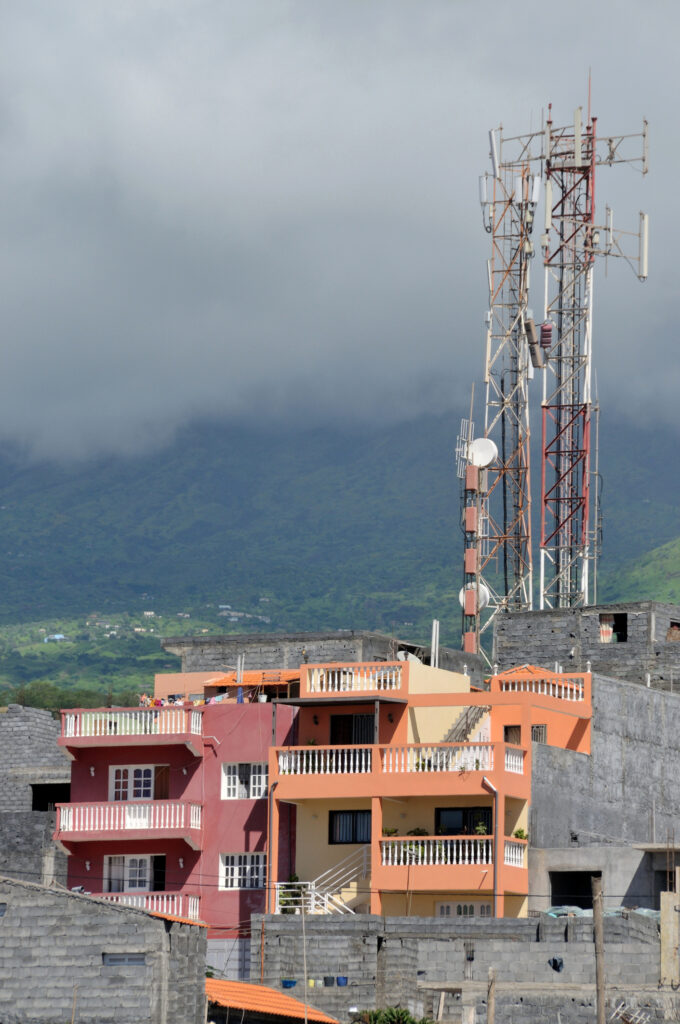The telecommunications industry requires the most robust industrial surge protection equipment to be in position at numerous critical points in order to assure equipment protection from surge events produced by lightning strikes. These installations contain a combination of exposed and critical electronics equipment that cannot withstand the level of electrical surge produced by a lightning strike at or near a tower or rooftop without sustaining damage. The protection of this equipment is necessary not only to ensuring network uptime, but it is a crucial part of preserving the carrier’s budgets allocated to maintenance and repair. Minimizing damage not only assists the company in maintaining profitability but also improves customer satisfaction levels by ensuring connectivity is always available.
Commonly installations of remote radio head architecture consist of fiber to the antenna (FTTA) and power to the antenna (PTTA) cable runs that go from the base of the tower to the top of the cell site, sometimes 30, 40 or 50 feet in the air. Recently the telecom industry has started protecting the PTTA and Hybrid cable runs on these types of architectures with Raycap’s connectivity products, featuring watertight enclosures that enable cable on the way to the radios and antennas at the tops of the towers, and surge protection that protects the radio equipment from damage caused by lightning surges. Raycap is a leader in the development of surge protection for remote radio head (RRH) architectures; the architectures which support the implementation of 3-G, 4-G and 5-G next gen networks. Raycap currently has equipment installations in more than 400,000 telecom site installations worldwide.
Network connectivity within the telecom industry is the most crucial aspect of the business, as customers rely on the ability to access networks for both telephone services and data transfer. As cellular use continues to grow and data transfer demands places higher and higher requirements on networks, the sheer volume and expense associated with components continues to grow each year. The expenses associated with the telecom industries’ next generation networks has carriers looking for ways to build out the networks while also keeping customers happy and apply downward pressure on monthly cellular fees. This creates a situation where competitiveness is tied directly to the carrier’s ability to prolong and protect the lifespans of the associated components. This is very effectively achieved through the integration of the most robust electrical surge protection available, and this is where Raycap leads the industry.
Raycap’s unique Strikesorb surge protection device, due to the superior quality of its unique design, can continue to prevent surge damage in remote places even after a lightning surge incident, without needing to be replaced or reset. This feature allows the system to return to normal functionality after the lightning strike and maintains connectivity for customers even during the most inclement weather conditions. One of the most damaging circumstances that can happen is the lighting strike that follows another lightning strike, causing multiple surges that take place after other surge protection systems have been taken offline. Raycap’s technology allows for the continued protection of systems even during these multiple strike situations, assuring that investments remain safe and customers remain connected.
For more information about Raycap’s telecom surge protection technology for the telecom industry, contact a Raycap representative today. Raycap is the industry leader in the protection of distributed base station architecture from damage caused by lightning surges.

